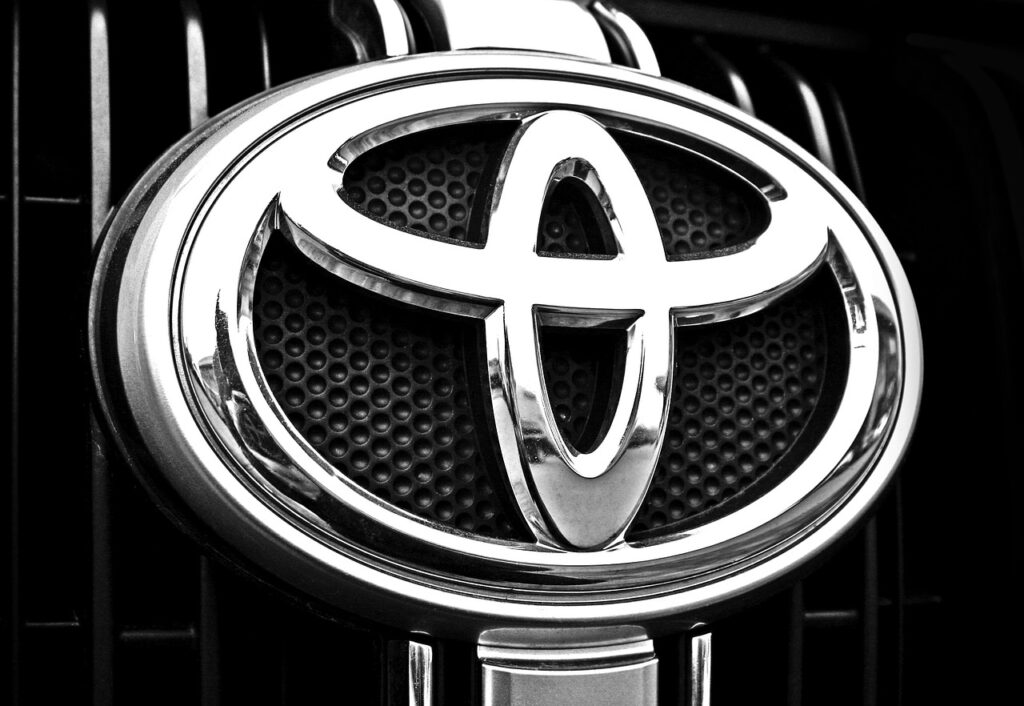Toyota, the Japanese automotive giant, has recognized that its ambitious foray into the passenger car hydrogen market, represented by the Toyota Mirai, did not achieve the expected success. However, the brand is not abandoning the hydrogen technology but is rather shifting its strategic focus.
During an interview at the Tokyo Motor Show, Hiroki Nakajima, Technical Director of Toyota, candidly acknowledged, “We tried Mirai but without success.” This admission points to the challenges facing hydrogen cars, particularly concerning refueling infrastructure, which is a critical aspect of their adoption.
One of the primary roadblocks for the Mirai, according to Nakajima, was the lack of public hydrogen refueling stations. This shortage has considerably hindered the growth of the hydrogen car market, making it difficult for consumers to transition from conventional internal combustion engines to hydrogen fuel cell vehicles. This assertion resonates with similar sentiments expressed by the President of the Korean Automobile Manufacturers Association (KAMA), who also cited strong competition from battery electric vehicles (BEVs).
In response, Toyota is revising its strategy by shifting its focus away from passenger cars and towards heavy vehicles. This pivot towards heavy mobility aligns with the idea of addressing the so-called “captive” fleet market, where the establishment of a dedicated refueling infrastructure is more manageable.
Nakajima elaborated on this decision by stating, “For medium-sized trucks, it is easy to provide a refueling network because they mainly travel from point A to point B.” This strategic shift aims to leverage the predictable routes and refueling needs of heavy vehicles to make hydrogen more viable in the transportation sector.
However, Toyota’s commitment to hydrogen technology is not limited to heavy vehicles. Despite the challenges faced with the Mirai, the automaker remains committed to the passenger car segment. This commitment is evident in the recent introduction of the hydrogen-powered Toyota Crown.
Toyota is actively working to address the key issues that have affected the adoption of hydrogen vehicles. One major area of focus is the reduction of the size of hydrogen fuel cell systems, including both the battery and tanks. This reduction aims to facilitate the integration of hydrogen technology into various vehicle segments beyond large sedans, making it more accessible.
Cost is another critical concern that Toyota is tackling. The next generation of hydrogen fuel cells currently under development is expected to be significantly more cost-effective, with a target of being half the price of the existing generation. This cost reduction is accompanied by improvements in lifespan and efficiency, making hydrogen more competitive and versatile.
As Toyota adapts its hydrogen strategy, it underscores the automaker’s commitment to harnessing hydrogen’s potential across a spectrum of vehicles, from heavy-duty transportation to passenger cars. The evolving focus on infrastructure, cost-efficiency, and practicality signals Toyota’s determination to be a major player in the future of hydrogen mobility.
